
Back Stamps to the three Victorian 'flow blue' jugs with angular
International Collectors' Club We are a group of the world's friendliest collector folks, including many generous dealers, bound together by our love, and occasional lust, for flow blue and mulberry china. Member Login Join Now The World's Largest Group of Flow Blue and Mulberry Fanatics
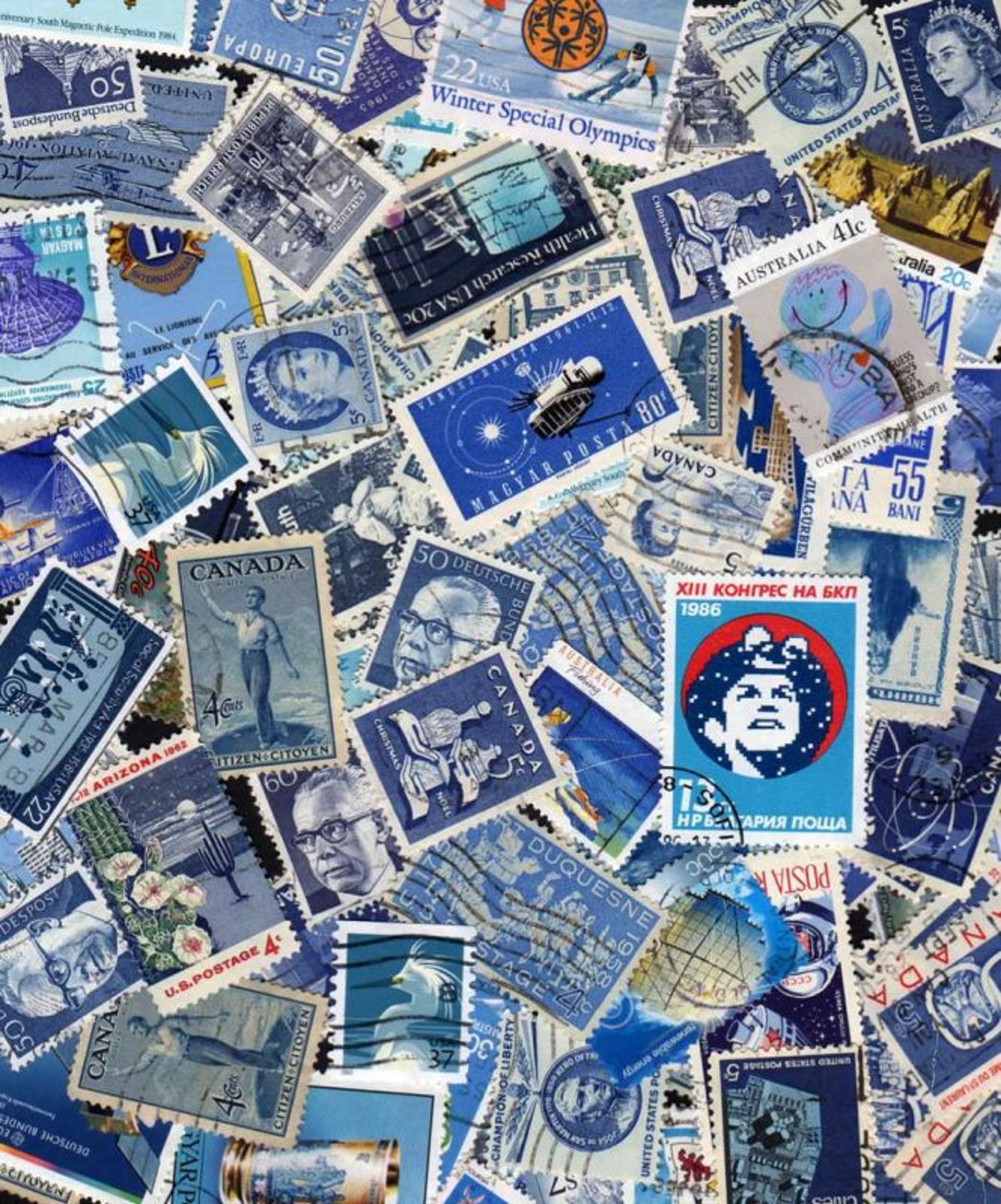
Blue Stamps Blue Postage Stamps Bluish Stamps Shades of Etsy UK
Flow blue was a type of transfer pottery produced by Staffordshire, England, potters beginning in about 1820.Sold mostly in the U.S. market, flow blue was similar to traditional blue-and-white pottery, except that the blue color was deliberately blurred, an effect achieved by adding a cup of lime or ammonia to the kiln during glazing.
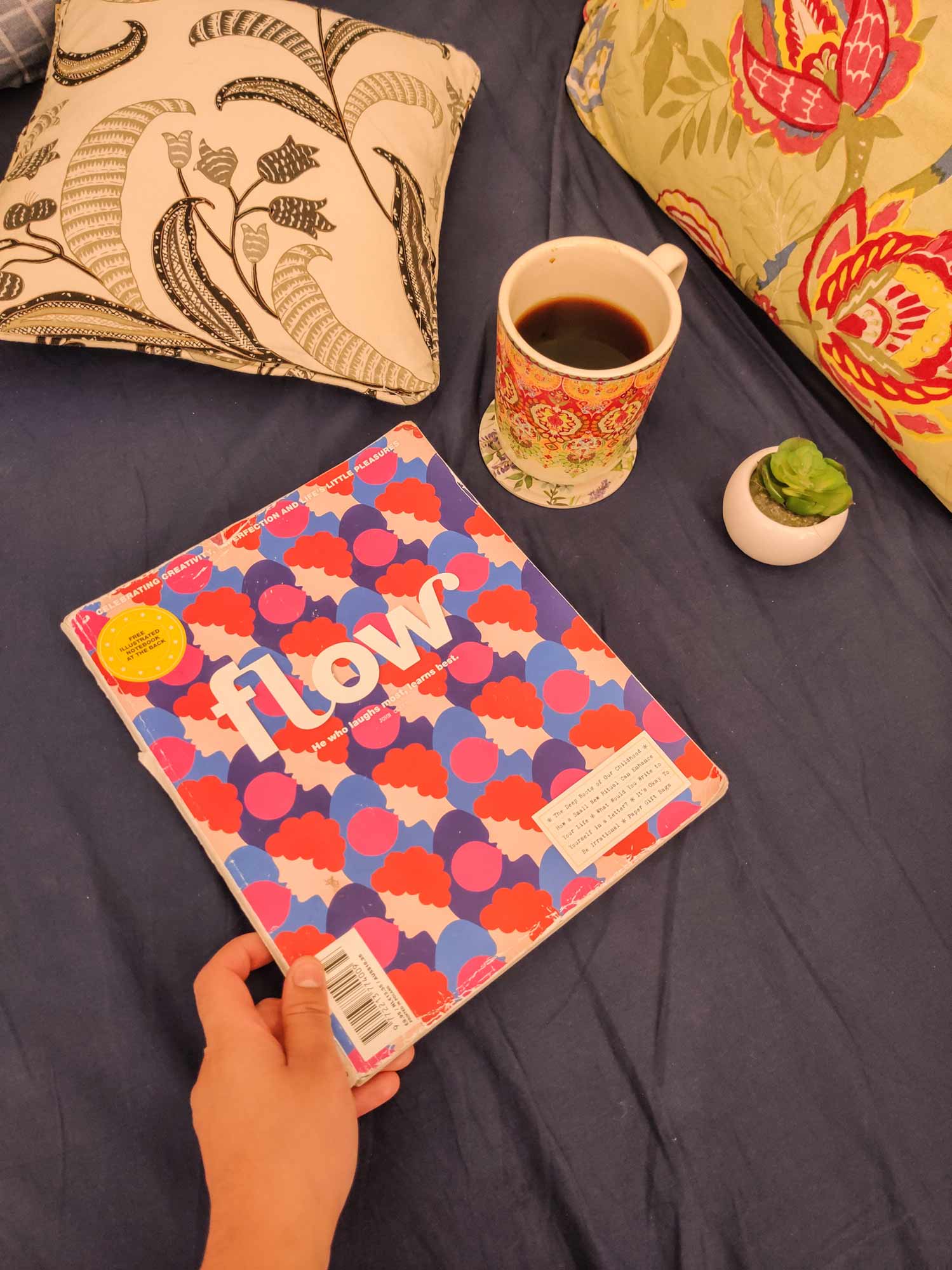
Flow With The Flow Flow Magazine
The flow blue process occurred when a cobalt blue printed transfer design received volatilizing agents such as ammonia or lime of chloride. These agents cause the cobalt blue to bleed into the glaze during the firing stage. The degree of flow varies considerably. In some cases, it is barely discernable.

Line Of Stamps Free Stock Photo Public Domain Pictures
Flow Blue was created in the early 1800s as English pottery makers discovered the blurring that occured when transfer printing with cobalt oxide. Learn about Flow Blue, Staffordshire, Minton, Meissen, Limoges, Goldscheider, Hutschenreuther, and other finer porcelain and china in the Collectics Reference & Education Program.
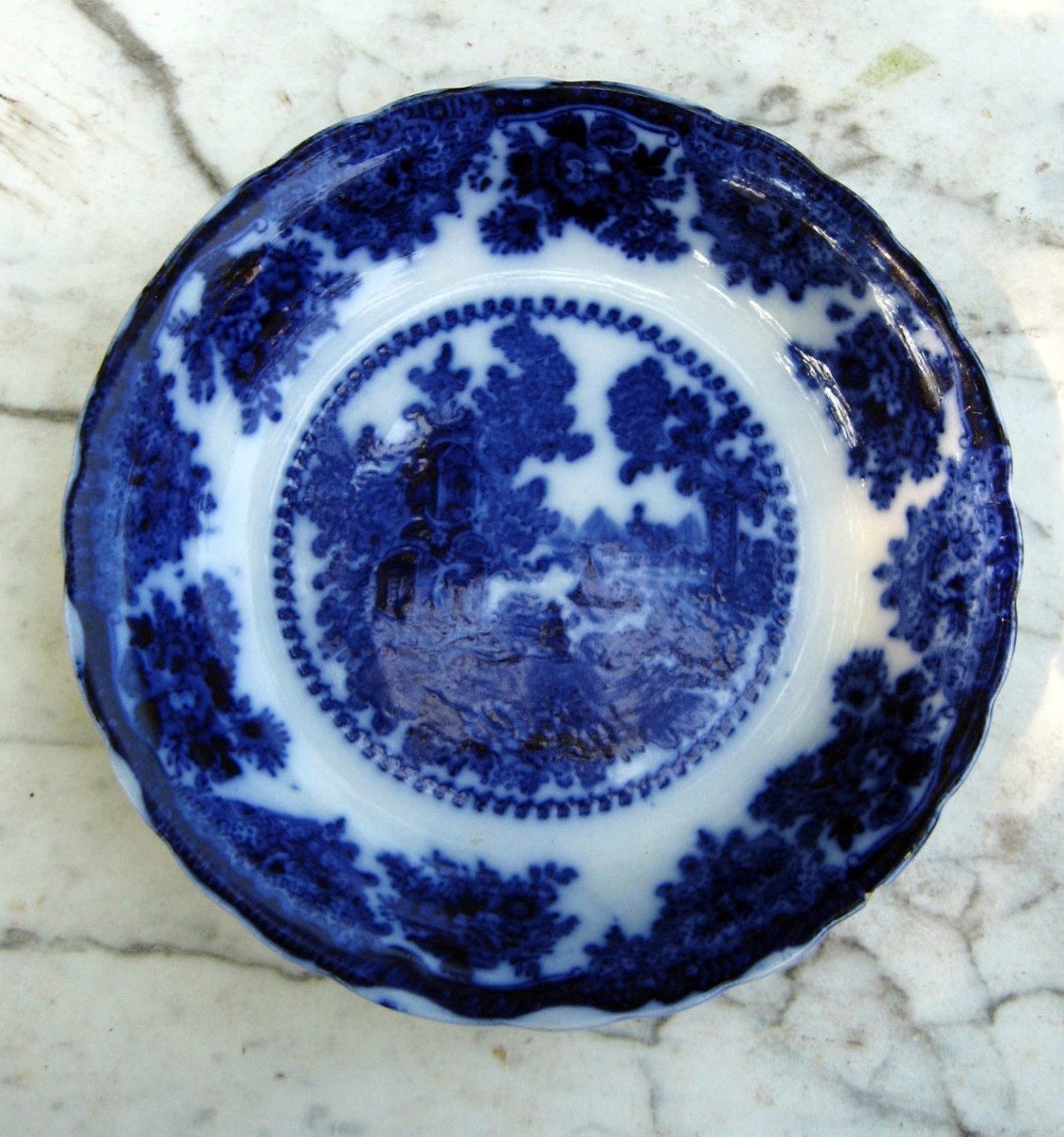
Flow Blue History and Value of BlueandWhite Antique China HobbyLark
Flow blue popularity was due to the rise in prosperity of the English middle-class, and the expansion of the American export market in the early to mid-1800s. At that time, owning Chinese porcelain was an established status symbol of the English aristocracy and upper-class, but even with ever increasing imports Chinese porcelain was still too.
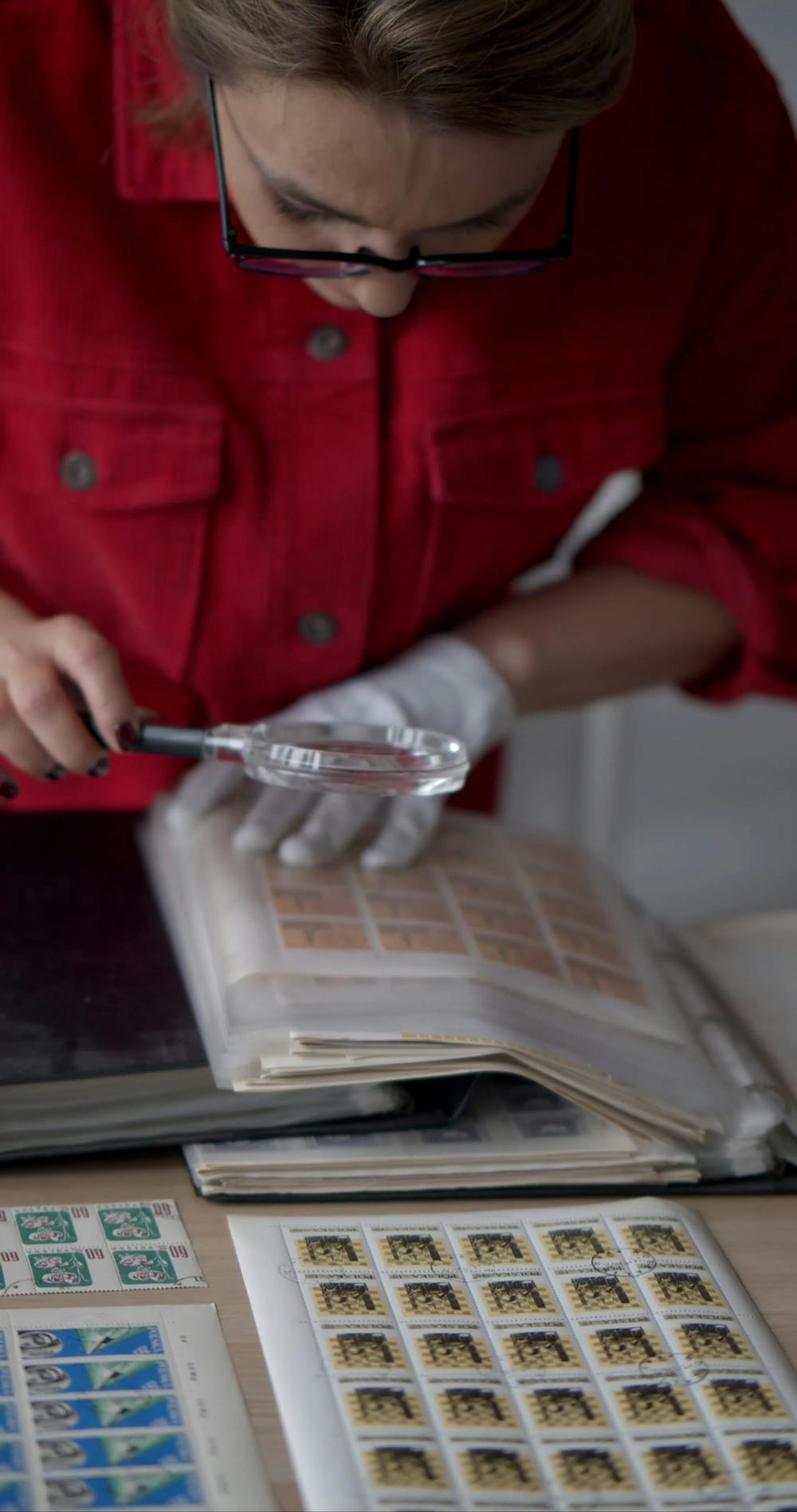
Woman Scanning Her Collection of Postage Stamps · Free Stock Video
Pricing and identification guides for Flow Blue. Find makers marks or hallmarks to identify Flow Blue and research through millions of auction records for Flow Blue to learn the worth of your collection. Our online antiques & collectibles reference guides for Flow Blue are constantly updated and are always available on any Internet device.
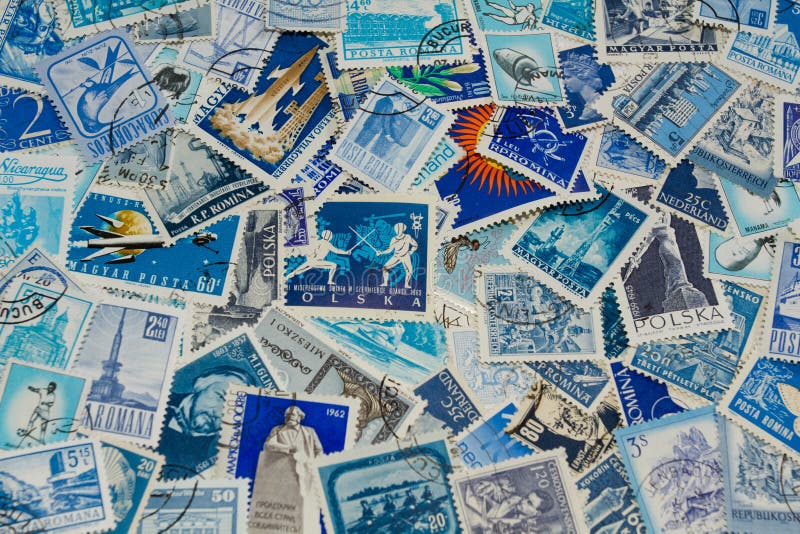
Wesley Guijt (Wesleyguijt) Photographer profile
by Javeria Saud A type of pottery called Flow Blue is patterned on the well-known porcelain. It can be identified by the intricate designs that are simultaneously blurred in their image and coated with cobalt oxide.

Free Images post, pattern, color, material, quilt, mail, textile, art
Blue on white is the classic traditional color combination. Another color could be added by hand or by means of another transfer. Images include landscapes, animals, architecture, and florals. The romantic themes on this beautiful dishware were popular as the West moved into the Industrial Revolution. Early Transferware
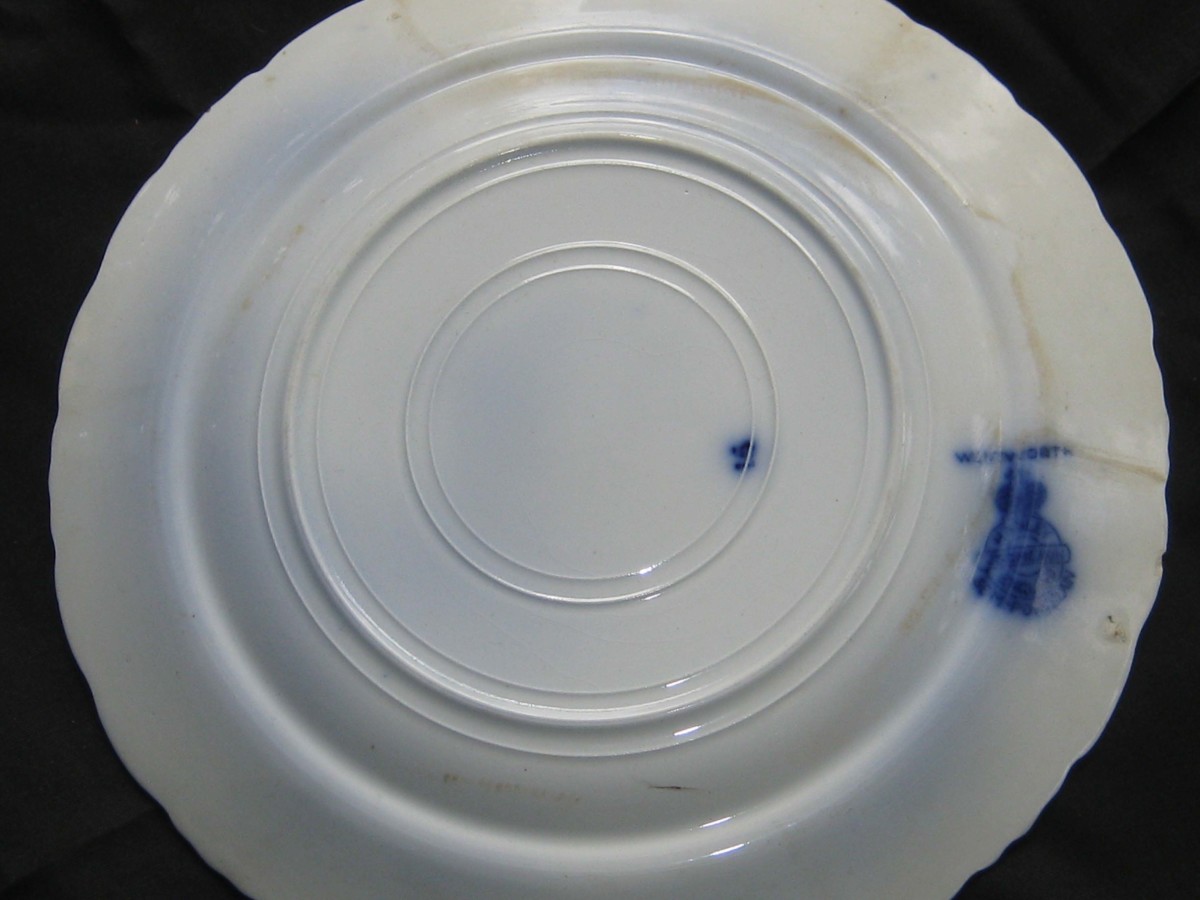
Flow Blue History and Value of BlueandWhite Antique China HobbyLark
Both old and new include the British Registration number, 329815, issued in 1898. The original mark is about seven-eighths of an inch, top to bottom. The new mark is slightly smaller. Fig. 4 The mark on Touraine pattern Flow Blue by Henry Alcock & Co., England, ca. 1891-1900. So far, this mark has not been used on reproductions.

A 19th Century Minton delft Flow Blue Plate Etsy Flow blue, Blue
This year's convention will be July 26-29 in Indianapolis. For more information, call Kromer at 281-251-0660; e-mail membership chair James McClain at [email protected]; or write to FBICC, P.O. Box.

100 Blue Stamps Etsy
Flow blue is a type of antique china called transferware. The production of this attractive dishware produces a gentle, hazy quality in the design that was originally a mistake. The brilliant white background contrasts with the beautiful cobalt blue color of the decoration. How Flow Blue Was Invented and Produced

New Wharf Flow Blue Waldorf Pattern Platter ca 1890 Flow blue, Blue
Flow blue (occasionally 'flown blue') is a style of white earthenware, sometimes porcelain, that originated in the Regency era, sometime in the 1820s, among the Staffordshire potters of England. The name is derived from the blue glaze that blurred or "flowed" during the firing process. [1]
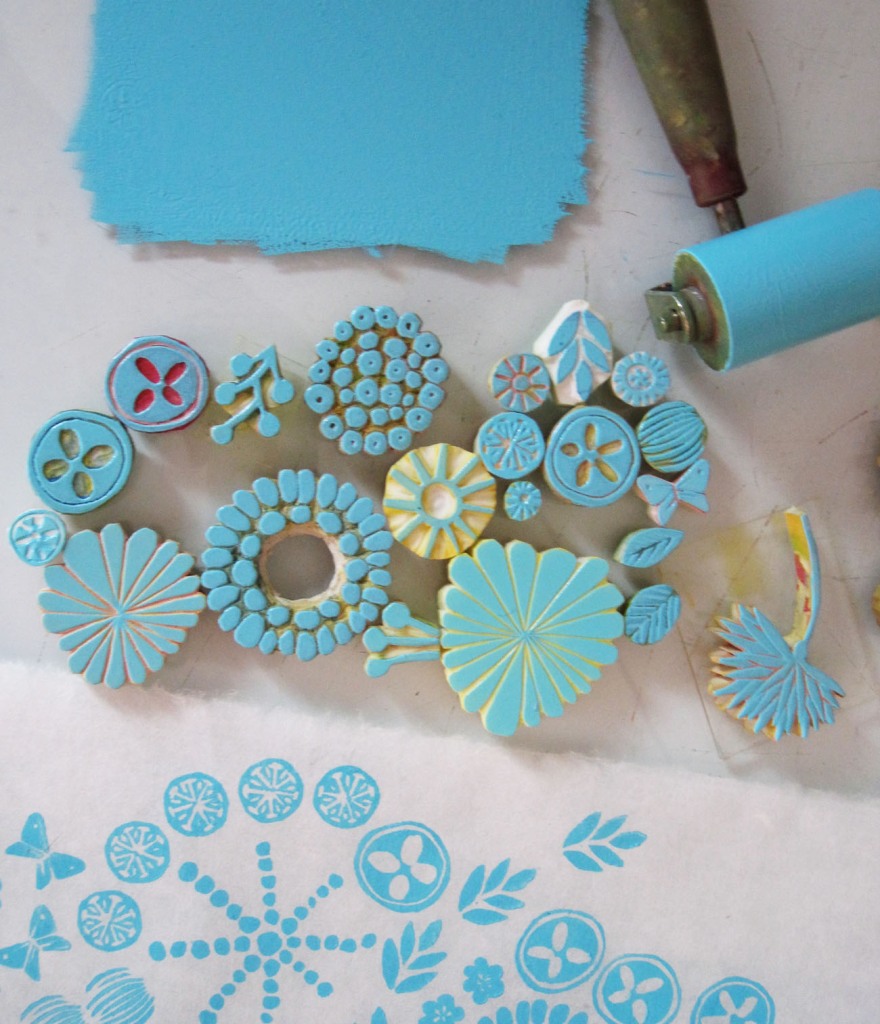
blue stamps Jeannemcgee's Blog
© 2023 Flow Blue International Collectors' Club. All Rights Reserved.

175.00 ☆[70 OFF] US Stamp 1862 Scott R34b CV 575.00 [10c,Blue
Flow blue is a blue and white china pattern, but it differs from traditional Blue Willow and other crisp transferware designs. Instead, the blue design is intentionally a bit blurred, an effect that results from adding lime to the kiln as the piece was being fired. Historians disagree about whether this blurring was initially an accident or an.

Flow Blue Commemorative Plate Jackie's Antique Showcase
Flow Blue is a porcelain style that was created by accident in the 1820s in England when people tried to emulate famous Chinese porcelain with blue patterns by printing with cobalt oxide. This style of porcelain is thought to have been invented by Staffordshire potters of England.

Using Golden's High Flow Paint with Rubber Stamps Carolyn Dube
Flow Blue is a type of china that has its origins in England during the late Regency era. This era is often associated with high standards of elegance. Food was an important part of this elegance, particularly for the upper class, and having fine dinnerware was essential to this elegant image.